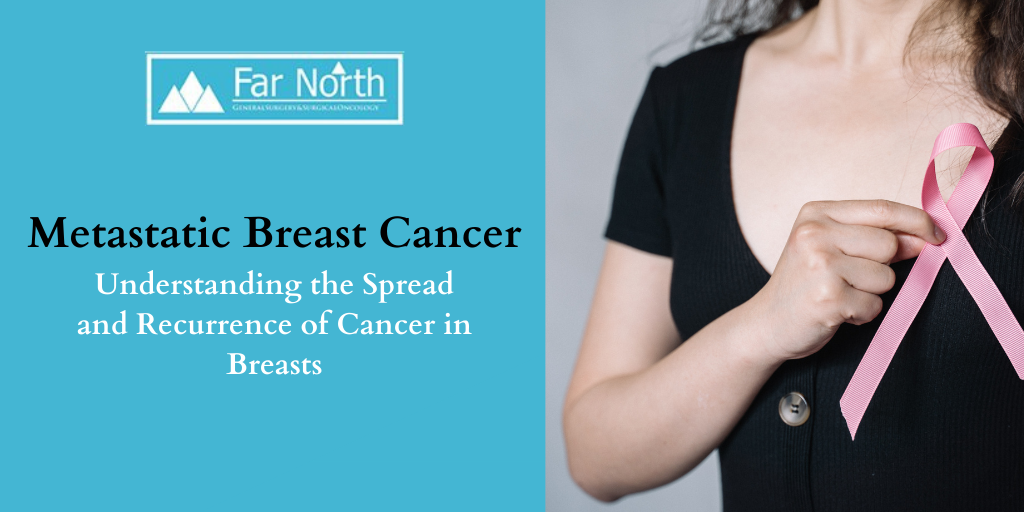


Breast cancer, one of the most common forms of cancer in women, occurs due to abnormal cell growth in one or both breasts. One of the main fears of most women suffering from cancer is that it will either spread or recur. When breast cancer spreads to other organs of the body, it is termed as metastatic breast cancer.
Early Diagnosis
Early diagnosis is crucial in determining the chances of cancer coming back or spreading to other parts of the body. Doctors may consider factors such as the size of the tumor, extent of spread, symptoms, medical history, and a few common tests and scans to follow the status of the cancer. The stage of cancer at the time of diagnosis is also taken into consideration. The earliest stage of cancer, or stage 0, is pre-invasive and can be successfully cured. Cancers that are considered stage 1 to 3 can be treated with surgery and various therapies. However, there is a risk of recurrence since the cancer may have spread to the lymph nodes. If the cancer is diagnosed at stage 4, it has already metastasized or spread to other parts of the body.
There are 3 main types of recurring breast cancer – local, regional, and distant.
There are several ways in which breast cancer spreads:
Normal cells stick together. They control their growth, reproduce only when needed, and self-destruct when they are damaged or old. However, cancer cells never stop growing and dividing. They don’t stick together, don’t repair themselves or self-destruct, and ignore communicational signals from other cells. This is why cancer cells tend to spread and recur, while normal cells don’t.
The following are a few factors that increase the risk of breast cancer recurring:
The symptoms will vary depending on the part of the body to which the cancer has spread. Some of the symptoms include:
Diagnosis
Metastatic cancer can be diagnosed with the help of blood tests, biopsies, and a series of imaging tests such as x-rays, MRIs, PET scans, CT scans, and bone scans.
While metastatic breast cancer is not curable, various treatment options can slow cancer and extend the patient’s life. Some of these treatments include targeted therapy, chemotherapy, hormone therapy, radiation therapy, and surgery. These treatments can be given individually or in combination. Some patients may even be eligible to participate in clinical trials.
For more information on breast cancer and its treatment, contact us.